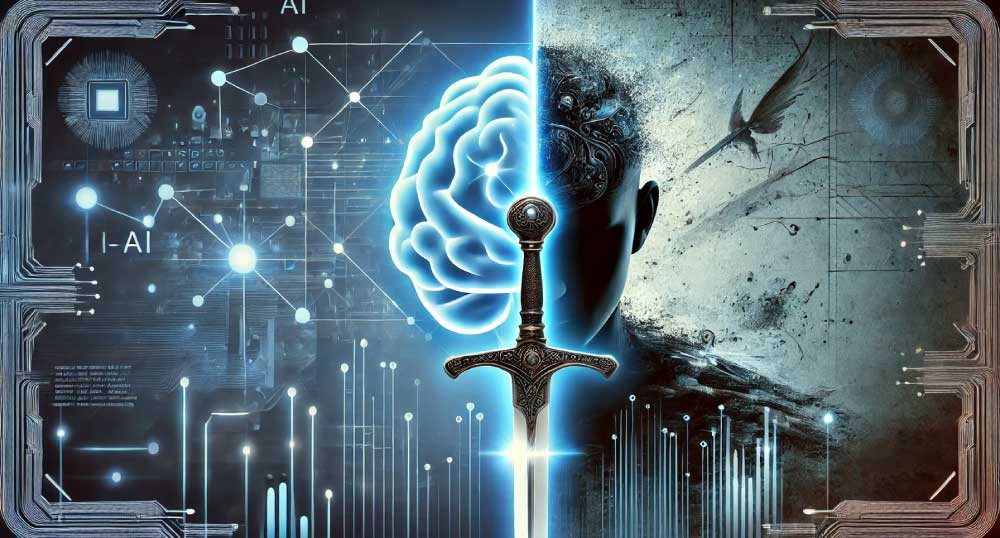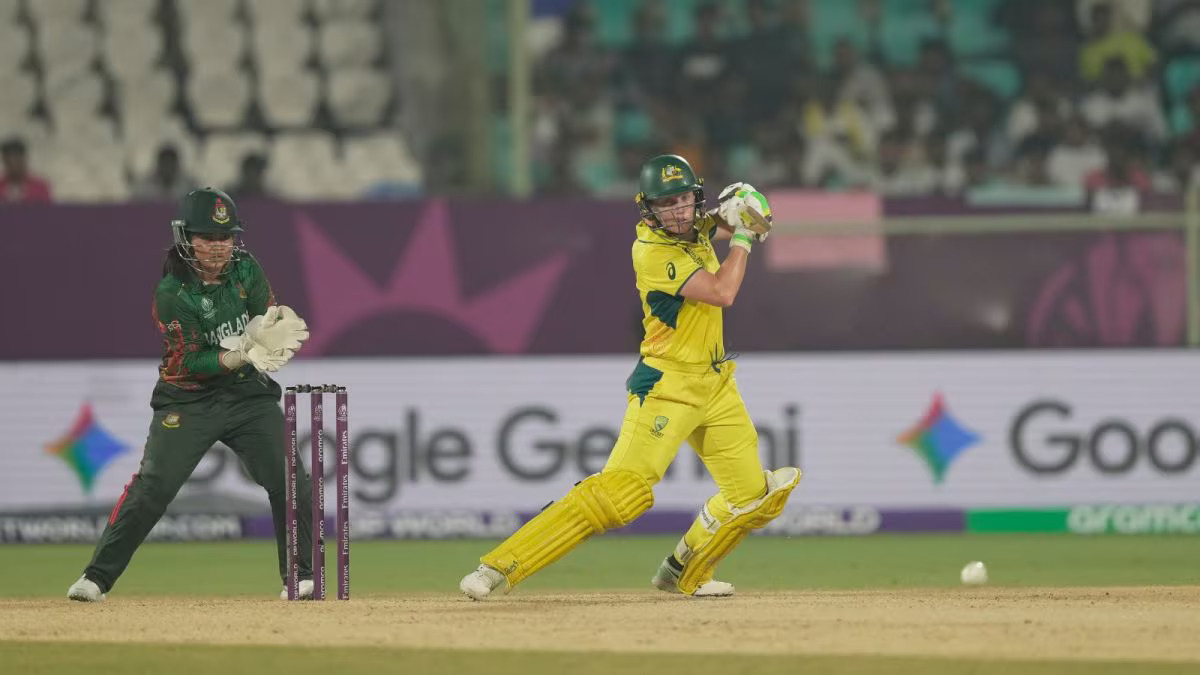
UFC: What You Need to Know About Topuria and Pimblett

Introduction of this UFC rivalry: From Online Criticisms to Real Actions
UFC rivalries are those which are of significant media importance. They are topics of discussion and generate revenue in the shape of pay-per-view in UFC. While some of them remain confined to Twitter only, others become fight incidents. In the modern era of UFC, few of them receive so much attention as the one between Ilia Topuria and Paddy Pimblett. What started as a light-hearted exchange turned into complete animosity soon. Their history is full of incidents which had a major impact and were not limited to mere tweets and hashtags. This indicates the personal nature of these encounters and also their importance in the dramatic journey of the UFC.
The Origins of the Rivalry in UFC: Incidents on Social Media and Verbal Conflicts
The Evolution of Internet Trash Talk in UFC
It started online. Topuria and Pimblett had a heated exchange of words on Twitter and Instagram. They hurled insults at one another’s fighting skills, records, and personal traits. They were not insults in jest; they were meant to enrage the other party. Social media makes it easy for UFC rivalries to escalate. The fans also join in, fueling the fire. The feud is that much more important.
Major Events and Viral Moments of UFC
These exchanges became viral hits, heavily contributing to this feud. A perfect example is an aggressive tweet from Pimblett regarding the fighting style of Topuria that was retweeted thousands of times. This was followed by a combative interview with Topuria, where he called Pimblett “all talk,” which circulated widely among MMA circles. The responses of the fans further contributed to this feud. As the two fighters hurled insults at each other on social media, their feud gained traction, bringing more attention to their future bouts.
Backgrounds and Personal Histories of both UFC fighters
Who are these fighters outside the cage? Topuria is known for his quick finishing skills, and this is due to a strong Georgian background. Pimblett, a Liverpool man, is known for his charm and has a powerful striking style. Both fighters bring their own energy to their fights, and their individual stories have an effect on how their fans perceive them. This makes the rivalry all the more fierce, making it more than just matters of wins and losses.
The use of verbal abuses escalating to physical assaults.
Biggest Contests in UFC Events
There were also clashes at the UFC weigh-ins and press conferences. The high-profile incidents like Pimblett’s run-in with Topuria and the fighters exchanging words themselves were the talk of the town. The scuffles made their feud seem more real. Fans devoured every moment with eagerness, waiting for the drama that accompanies it. Public scuffles have a purpose other than their theatrics; they typically indicate battles to come. Social Media Interactions Go Physical Sometimes, the fights that begin in the virtual environment turn into physical ones. There have been fights where competitors had furious word wars in the background or were in very close physical proximity to one another at events. In one situation, top competitors nearly fought after a heated war of words. These occurrences show how quickly virtual hate turns into real anger. Even with attempts at professionalism by teams, emotions are high.
The Extremes of Fighter Rivalries in UFC
According to most MMA pundits, rivalries are beneficial to the sport, especially UFC. Psychologists have the role of attributing such things as adrenaline, pride, and ego as the reason for the fights. Rivalries help drive fighters to their limits during training; there is also the risk of such fights compromising the safety of fighters if not controlled. Rivalry-driven performances, however, have a way of bringing out the best in fighters.
The Effect of Competition on UFC Business and Viewership
Measure of viewership and fan engagement.
Rivalries generate significant tension and fuel viewership. As Topuria and Pimblett battle against one another, the UFC realizes high pay-per-view sales and boosted social media activity. Research shows that fights featuring personal dislike tend to surpass expectations, thus increasing interest levels. This surge allows the UFC to acquire new fans while maintaining its current fan base’s interest.
The branding and marketability of both fighters.
Their feud elevates the status of both fighters. Pimblett’s persona, added to Topuria’s skill in the ring, makes them more valuable. UFC sells their hostility as a lead storyline. Marketing their wars tactically can determine future headliners, and they attract increasingly large audiences. Ethical Issues and Ethical Advertising While rivalries are thrilling, they also contain risks of their own. The UFC and its competition have to walk the fine line between the sportsmanship and the entertainment. Excessive trash talk or brutality teeters precariously on the edge. A balance must be struck in sustaining the thrill of rivalries without endorsing unsafe actions, in or outside the cage. What Next? Future Trends and Strategic Guidance Future Fight Potential and Fight Card Impacts Fans wonder if Topuria and Pimblett will be fighting each other next. Their beef right now suggests a probable fight on future fight cards. The beef could be the headliner or co-headliner, causing global hype for UFC fans. How Fighters Can Use Rivalries to Win Rivalries aren’t always trash talk—they’re an opportunity. Fighters can harness rivalry energy for training. Being respectful of each other outside of the cage but fighting inside will keep the hype going. Having a narrative that the fans can connect with makes the beef real and sellable. Fans and Media: Coping with the Drama For fans, it’s easy to get caught up in the drama. But never forget, under the beef are competitors risking their bodies. Treat rivalry content with respect. Media outlets must report the story responsibly—typically by emphasizing the fighters’ skill while keeping the beef in balance.
Conclusion
The beef between Ilia Topuria and Paddy Pimblett shows how modern UFC rivalries play out outside the fight. It is a combination of social media war, personal narrative, and behind-the-scenes tension that makes for legendary moments. While rivalry sparks passion and creates profile for the sport, it must be balanced with respect and safety. Ultimately, these individual beefs form UFC narratives and can cement up fighter legacies. Their narrative isn’t about punches or tweets—it’s about the way beefs connect fans with the sport on a deeper level.



